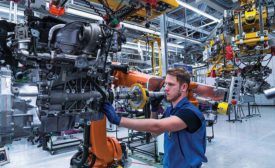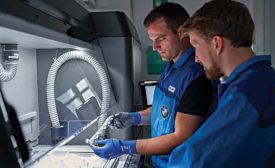Home » additive manufacturing
Articles Tagged with ''additive manufacturing''
Manufacturing Fact vs. Science Fiction
Here’s a look at some manufacturing technologies of today that were once predicted in science fiction stories
May 16, 2019
Automakers Turn to Production-Ready Printable Parts
Automotive engineers are bullish on additive manufacturing technology.
March 7, 2019
Never miss the latest news and trends driving the manufacturing industry
Stay in the know on the latest assembly trends.
JOIN TODAY!Copyright ©2024. All Rights Reserved BNP Media.
Design, CMS, Hosting & Web Development :: ePublishing











